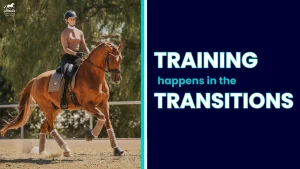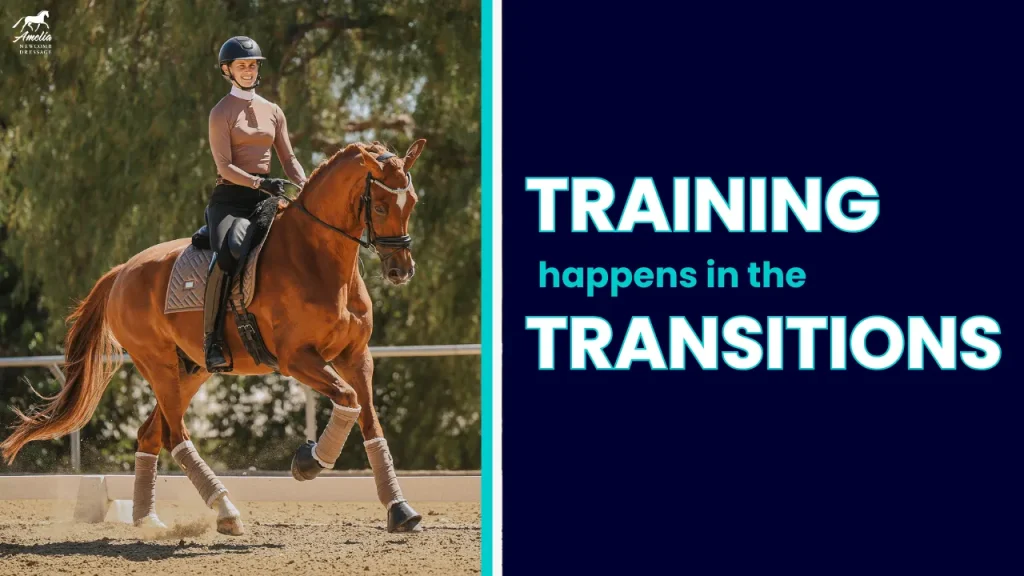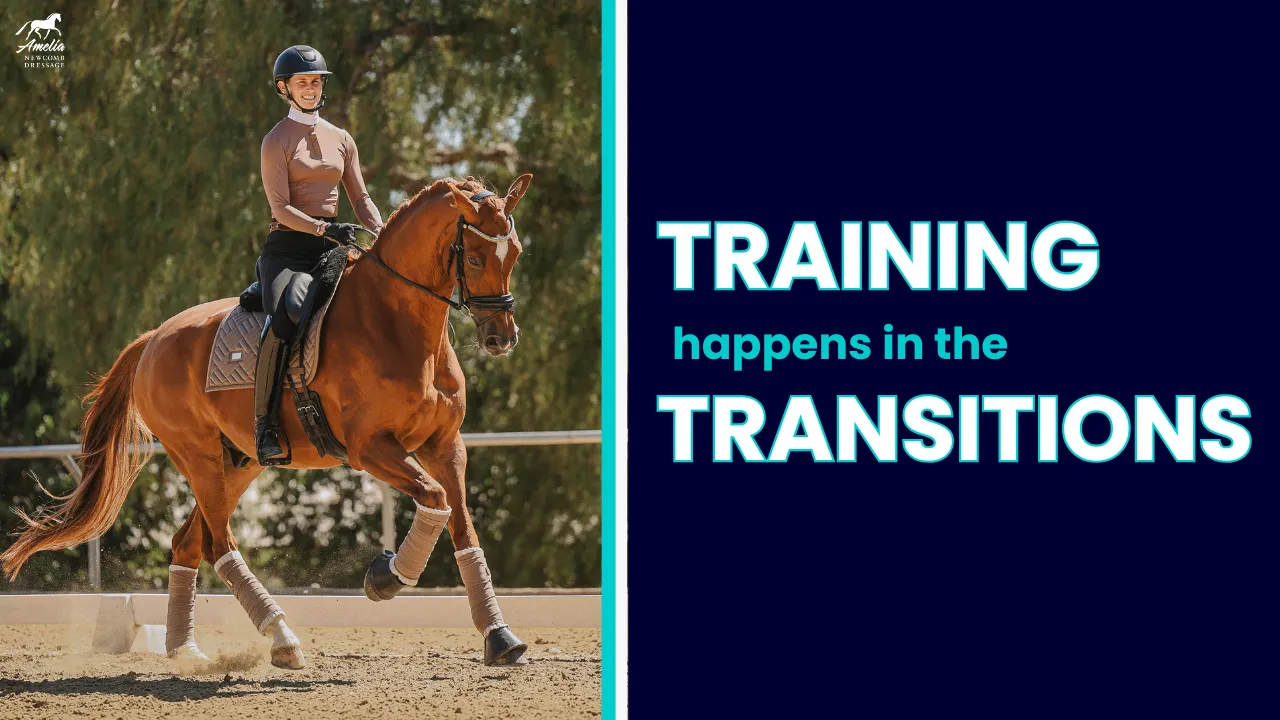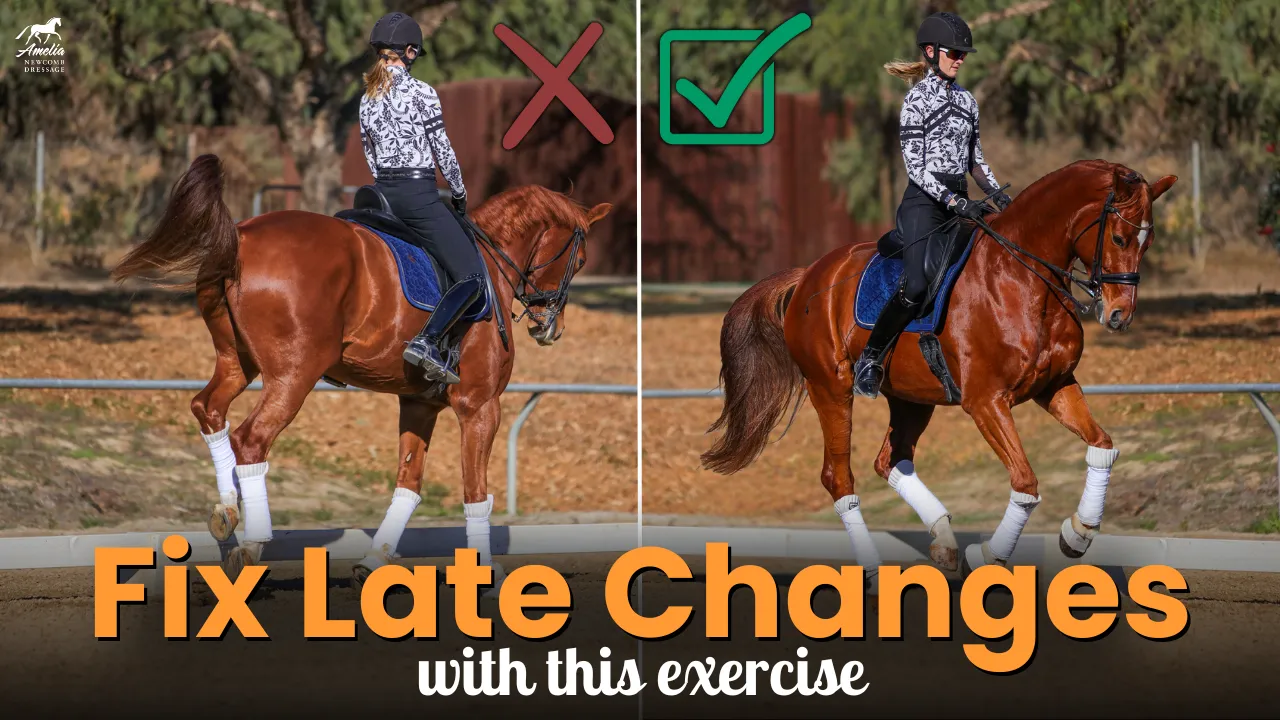This week, we’re diving into one of the most mysterious yet essential concepts in riding: the half-halt. As a Grand Prix rider and trainer, I can tell you that learning to ride effective half-halts is truly a game-changer. So, whether you’re a new rider or more advanced, this week’s video will give you a solid foundation on half-halts and how they improve communication and balance with your horse.
Why Half Halts Matter
When I was first learning, I remember my trainers saying “half-halt, half-halt!” but I had no idea what to do. Many riders struggle to grasp the purpose and mechanics of the half-halt. Simply put, half-halts are subtle cues that do two critical things:
- Get Your Horse’s Attention – A half-halt signals to your horse that something is coming, helping them refocus on you.
- Rebalance Your Horse – Horses naturally carry more weight on their front end. Half-halts help shift some of that weight back onto the hind legs, which is essential for smoother transitions and balance.
Without effective half-halts, your riding feels disjointed—like a sentence without punctuation. Transitions are rough, and your horse is rushing, on the forehand, and not paying attention. With an effective half-halt, everything becomes smoother and more connected. This is the magic of half-halts at work—when done correctly, they’re nearly invisible but make a huge difference.
How to Apply Half-Halts
The aids for a half-halt move in a sequence: from your leg, through your seat, to your hand. Here’s how it works:
- Start with Your Leg – The leg initiates the half-halt by pushing energy up and through the horse’s body.
- Engage Your Seat – Your seat reinforces this upward push, guiding the energy toward the hand.
- Receive with Your Hand – The hand completes the half-halt, rebalancing your horse onto the hind end.
Mastering half-halts requires a bit of finesse. Each horse is unique, so experiment with slight adjustments in leg, seat, and hand pressure to find what works best for your horse. Remember, the goal is a smooth, balanced ride where transitions feel seamless.
I hope these tips help you better understand the half-halt!
Happy Riding!
Amelia
P.S. Incorporating effective half-halts into your riding will transform your communication and balance with your horse. If you’re looking for more guidance, my All About Half Halts Workshop provides an in-depth exploration of the half-halt, with exercises tailored to different types of horses. Learn more here.












































